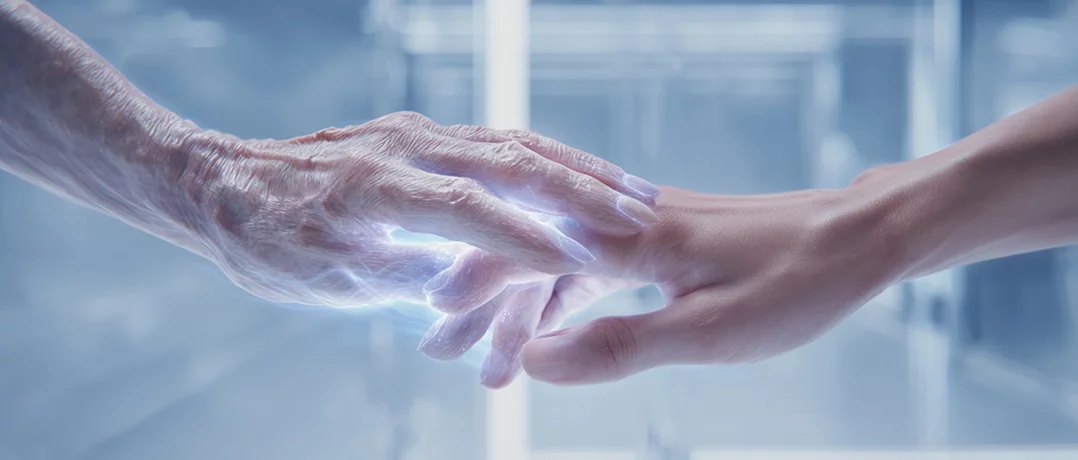Cambridge scientists have reversed human skin cells' biological age by 30 years without altering their identity, marking a major step in regenerative medicine.
Turn back the clock 30 Years: The Cambridge skin cell breakthrough
Turn back the clock 30 Years: The Cambridge skin cell breakthrough


Cambridge Scientists Rewind Human Skin Cells by 30 Years
Scientists at the Babraham Institute in Cambridge have developed a method to rewind the biological age of human skin cells by about 30 years, without erasing their identity. The breakthrough, published in eLife, represents a major step forward in regenerative medicine and could one day help treat age-related diseases.
A new chapter in regenerative medicine
As the body ages, cells accumulate molecular damage and lose their ability to function properly. Regenerative medicine aims to repair or replace these worn-out cells, often using stem cells as the foundation. But creating induced stem cells usually requires wiping away a cell’s identity completely, turning it into a blank slate, before attempting to re-specialize it, a process that remains unreliable.
The Babraham team, led by Professor Wolf Reik, overcame this challenge by partially reprogramming cells. Their technique, called maturation phase transient reprogramming, resets biological age markers while allowing cells to retain their specialized role.
Turning back time without losing identity
The method builds on Nobel Prize-winning work by Shinya Yamanaka, who in 2007 discovered how to turn ordinary cells into stem cells using four molecules, now called the “Yamanaka factors.” A full reprogramming cycle takes about 50 days.
In contrast, the Cambridge researchers exposed skin cells to these factors for just 13 days, long enough to erase age-related molecular marks, but short enough that the cells could regain their original identity as fibroblasts, the skin cells that produce collagen.
When returned to normal conditions, the rejuvenated fibroblasts began to behave like younger cells. Molecular tests showed their “epigenetic clock” and transcriptome resembled those of cells roughly 30 years younger.
Healing like young skin
The researchers then tested whether the youthful appearance translated into function. In lab experiments simulating wounds, the rejuvenated fibroblasts moved into damaged areas faster than older cells. They also produced more collagen, an essential protein for skin strength and repair.
The rejuvenated cells even showed encouraging changes in genes linked to age-related diseases. Levels of APBA2, associated with Alzheimer’s, and MAF, linked to cataracts, shifted toward more youthful activity.
While the findings are still confined to the lab, they open exciting possibilities. If the method can be adapted to other cell types, it could transform treatments for age-related conditions, from faster wound healing to therapies for neurodegenerative diseases.
“The fact that we also saw a reverse of aging indicators in genes associated with diseases is particularly promising,” said Dr. Diljeet Gill, who led the research as a PhD student. “We have proved that cells can be rejuvenated without losing their function.”
Professor Reik added: “Eventually, we may be able to identify genes that rejuvenate without reprogramming. This approach holds promise for valuable discoveries that could open up an amazing therapeutic horizon.”


